|
|
|
|
|
|
|
|
Photo Gallery for Crotalus horridus - Timber Rattlesnake
| 179 photos are available. Only the most recent 30 are shown.
|
 | Recorded by: K. Sanford
Bertie Co.
Comment: |  | Recorded by: K. Bischof
Transylvania Co.
Comment: |
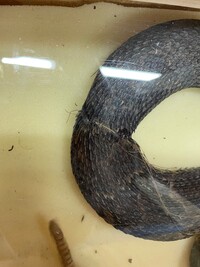 | Recorded by: K. Bischof
Transylvania Co.
Comment: | 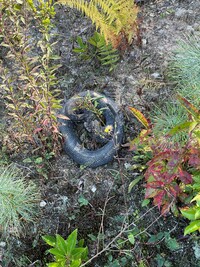 | Recorded by: K. Bischof
Transylvania Co.
Comment: |
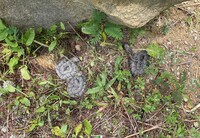 | Recorded by: S. Hill
Transylvania Co.
Comment: | 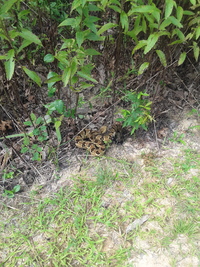 | Recorded by: S. Hill
Transylvania Co.
Comment: |
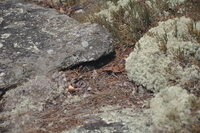 | Recorded by: K. Bischof
Transylvania Co.
Comment: |  | Recorded by: C. Pearson, K. Bischof
Transylvania Co.
Comment: |
 | Recorded by: K. Sanford
Bertie Co.
Comment: |  | Recorded by: J. Holloway
Alleghany Co.
Comment: |
 | Recorded by: K. Bischof
Transylvania Co.
Comment: | 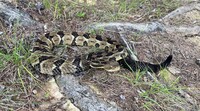 | Recorded by: R. Jones, K. Bischof
Transylvania Co.
Comment: |
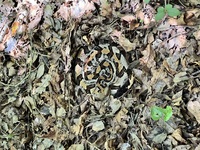 | Recorded by: William R. Brown
Duplin Co.
Comment: | 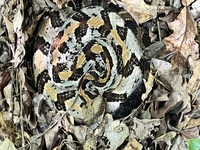 | Recorded by: William R. Brown
Duplin Co.
Comment: |
 | Recorded by: K. Hutson
Gaston Co.
Comment: | 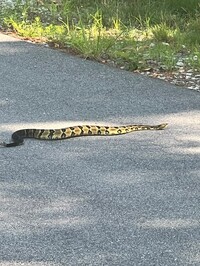 | Recorded by: Munib Shaikh (visitor), K. Bischof
Transylvania Co.
Comment: |
 | Recorded by: K. Bischof, J. Sealy
Transylvania Co.
Comment: | 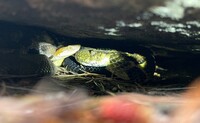 | Recorded by: K. Bischof
Transylvania Co.
Comment: |
 | Recorded by: K. Bischof, C. Pearson
Transylvania Co.
Comment: |  | Recorded by: K. Bischof, C. Pearson
Transylvania Co.
Comment: |
 | Recorded by: Lynette Hicks
Wilkes Co.
Comment: | 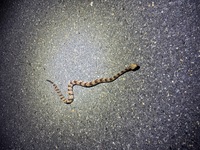 | Recorded by: Jackie Goodman
Dare Co.
Comment: |
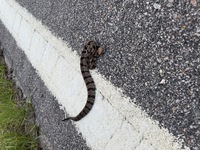 | Recorded by: Jackie Goodman
Dare Co.
Comment: | 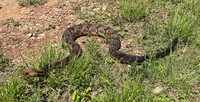 | Recorded by: N. Emerson, K. Bischof
Transylvania Co.
Comment: |
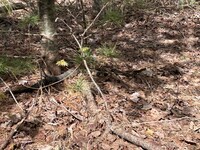 | Recorded by: R. Jones
Transylvania Co.
Comment: |  | Recorded by: R. Jones
Transylvania Co.
Comment: |
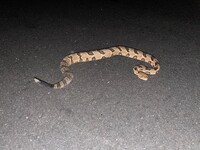 | Recorded by: K. Bischof
Transylvania Co.
Comment: | 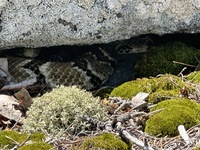 | Recorded by: J. Buie
Wilkes Co.
Comment: |
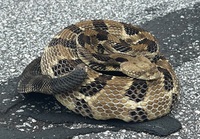 | Recorded by: K. Bischof
Transylvania Co.
Comment: | 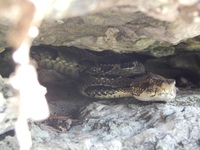 | Recorded by: J. Buie
Stokes Co.
Comment: |
|

 »
» 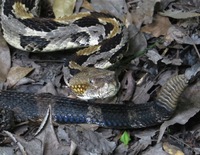

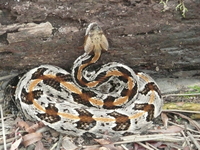
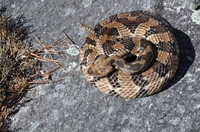

 »
» 


